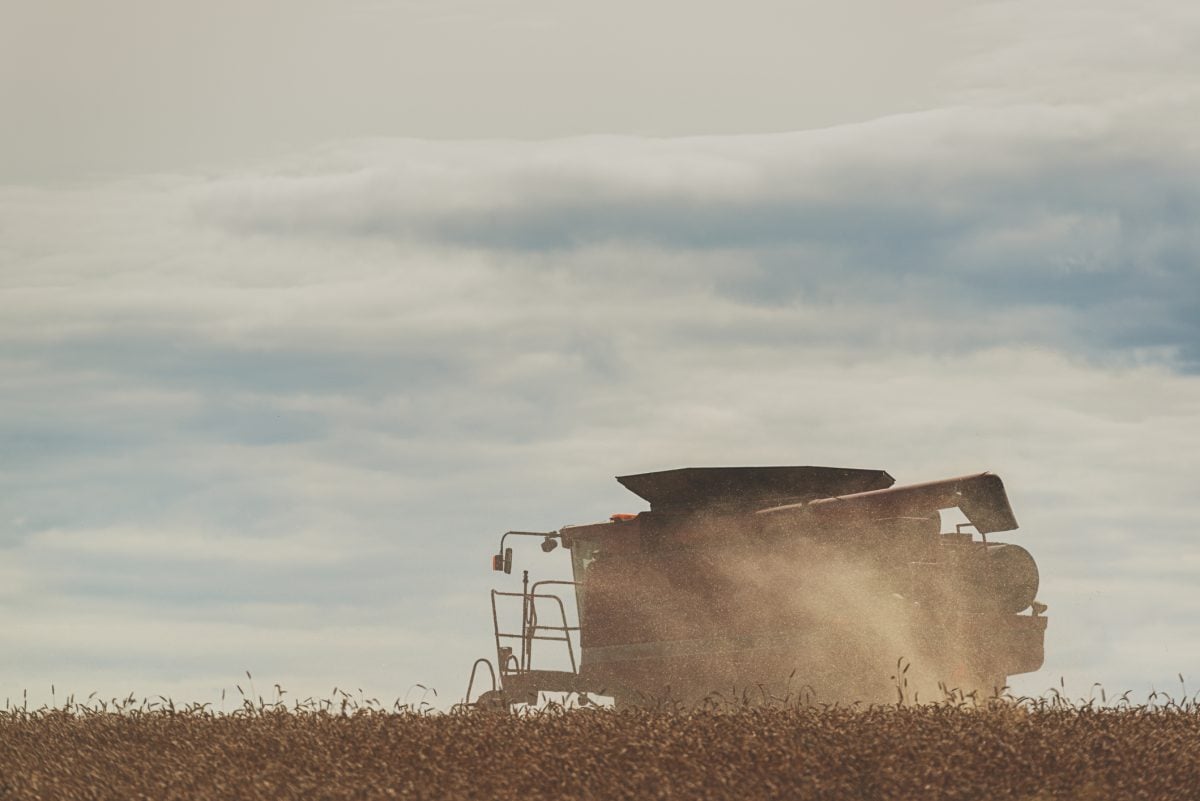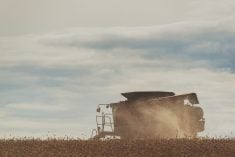With growers swathing the earliest seeded canola fields in Manitoba, growers and agronomists say this year’s crop should out-yield the disappointing crop of 2012.
Thick fields of canola, loaded with pods, are visible across the province and in certain fields the canola is lodging because the crop is extremely heavy.
“Across Manitoba, for the most part, we have great yield potential. The crop is looking quite good,” said Angela Brackenreed, Canola Council of Canada agronomy specialist, who has walked into many canola fields this summer. “My feeling is that there is a higher yield potential this year than there was last year.”
Read Also

Russia’s top agriculture official blames low global grain prices for export slowdown
Low global prices for grains, Russia’s main agricultural commodity, have caused a sharp fall in exports in recent months.
In its mid-August crop report, Manitoba Agriculture noted that producers were swathing canola in the central and eastern parts of the province.
Brian Chorney, a grower in East Selkirk, Man., said he wouldn’t start swathing until about Aug. 19. Like many other locations in the province, his canola looks promising.
“I would describe (it) as cautiously optimistic,” he said.
“Last year looked like a pretty good crop until we got in there with the combine.”
In 2012 growers reported canola yields of 15 to 25 bushels per acre across much of eastern and central Manitoba. A combination of heat, dryness, aster yellows, disease and other issues hammered yields. Consequently, dozens of producers seeded soybeans this spring instead of canola.
Anastasia Kubinec, Manitoba Agriculture oilseed specialist, has inspected canola fields over the last couple of weeks as part of the provincial disease survey. Kubinec said the crop looks “very healthy” and there is less incidence of blackleg compared to 2012.
One notable difference from this year to last is the length of canola flowering. A few canola fields have been in bloom for seven weeks, much longer than the typical flowering period of three weeks.
That can be explained by the relatively cool, wet weather this summer, but a lengthier bloom doesn’t always increase yield, Kubinec said.
“If the blooms are a result of a number of secondary branches, then that can contribute to the yield…. If it’s because the flowers aren’t drying up as quickly, then it doesn’t necessarily equal yield.”
Since canola fields were still blooming, in the middle of August, it could push back harvest dates this year.
“We do need some heat to bring it in,” Brackenreed said. “So there are no concerns about an early frost and getting this crop to mature.”















